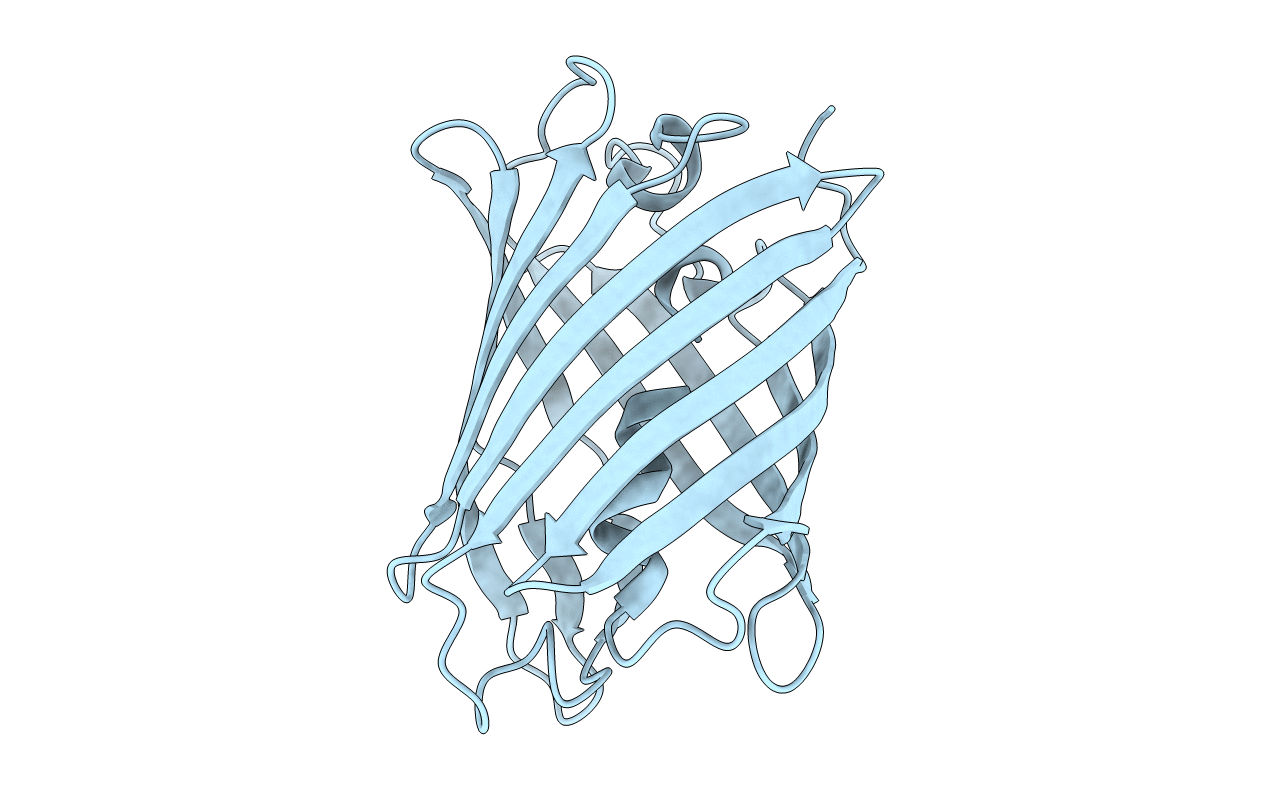
Deposition Date
2009-10-21
Release Date
2009-11-17
Last Version Date
2025-03-26
Method Details:
Experimental Method:
Resolution:
1.50 Å
R-Value Free:
0.20
R-Value Work:
0.17
R-Value Observed:
0.17
Space Group:
I 2 2 2


